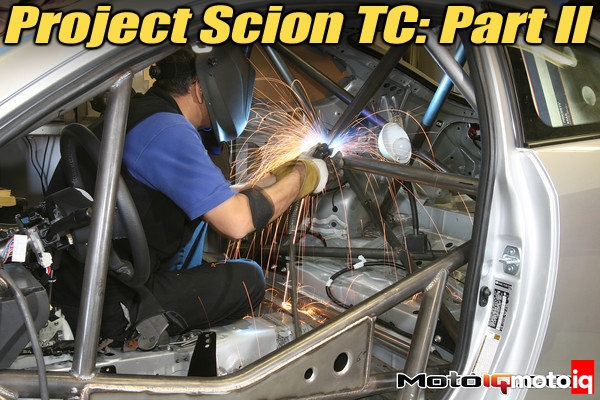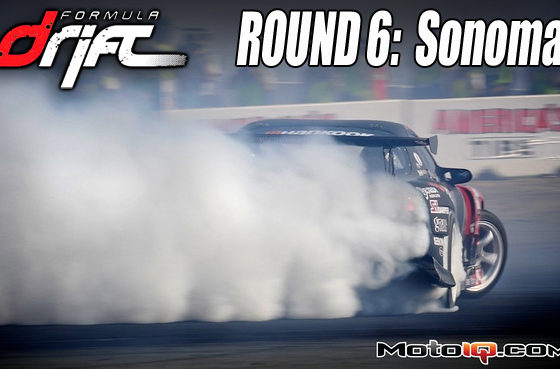,
 |
| This small piece helps spread vertical load between two tubes |
This means that a mild steel cage is more likely to deform, bend and absorb energy better in a serious crash, staying together and not cracking apart. You may hear contrary opinions by other highly qualified people but we feel that for us, mild steel is safer. Many race sanctioning bodies feel the same way and sometimes the use of chrome moly is against the rules, another good reason to check the rulebook first before starting on a project.
 |
| Cross braces and tubes to complete triangulation are mitered and tacked in place |
If you are wondering what we were taking about when describing DOM tubing, DOM means drawn over mandrel. When DOM tubing is made, a flat sheet of steel is pulled while cold over a round forming mandrel forcing it into a tubular shape and then electrically seam welded. The cold forming that the metal undergoes during this makes its grain finer which gives it better strength. A cheaper form of mild steel tubing is called ERW which means electrical resistance welded. ERW tubing is hot rolled into tubular form and resistance welded. It does not get the grain refinement that cold worked tubes get and is weaker. NASA does not allow ERW tubing for roll cages, another good reason to read the rules first!
 |
| Lower X braces are added for more stiffness |
The rules state that a car of our weight must have a minimum of 1.5” diameter main tubes with a wall thickness of 0.120” or a 1.75” tube with a wall thickness of 0.095”. We went with the larger diameter thinner walled tube as a larger diameter has a larger section modulus, in engineering terms this means a big diameter, thin walled tube is stiffer for the same amount of material than a smaller diameter think walled tube. Richie went to work bending up welding the main part of the cage. He took a lot of care to ensure that the mitering of the tubes was very precise, that the tubes were as close to the shell of the car as possible and things were done in a sequence where he could get a full 360 degree weld around every juncture, a step where many cage builder unfortunately fall short.
 |
| All of the cage tubes are tacked in place and are ready to be seam welded |
The main tubes of the cage were mounted to the car via plates of .125” thick steel. NASA rules state that the mounting plates much have a total surface of 100 square inches. Ritchie did complex compound bends on floor plates to where they wrapped around the frame rails as well as part of the floor. The forward legs of the cage were attached to the side frame rails as far forward as possible while the main hoop was placed as far rearward as possible away from the drivers while tying the mounting points of the rear suspension trailing arms into the structure with the rear downward legs mounting to the top of the shock towers. Most roll cage fabricators simply put square foot plates right on the floor but Richie’s methods insure that the loads are transferred directly to the stronger frame rails.
 |
| The triangle is the most efficient structure known to man for the most strength with the least weight. Triangulation was exploited whenever possible. |
For the most part Richie used MIG welding. MIG welding is a semi automated welding process where the welding electrode wire is consumable and forms the weld puddle as it’s automatically fed. An inert gas is disbursed while welding which forms a shield over the puddle of melted metal preventing air contact induced oxidation that can weaken the joint.
 |
| An uninterrupted X was used for the side beams. This gives the best torsional stiffness and impact resistance |


